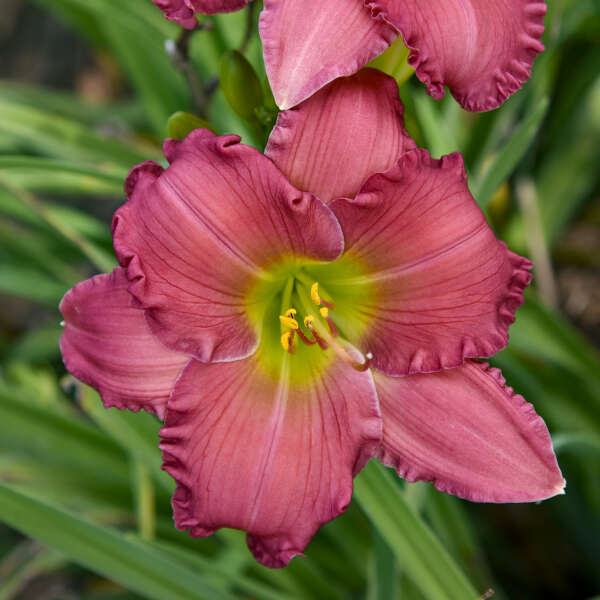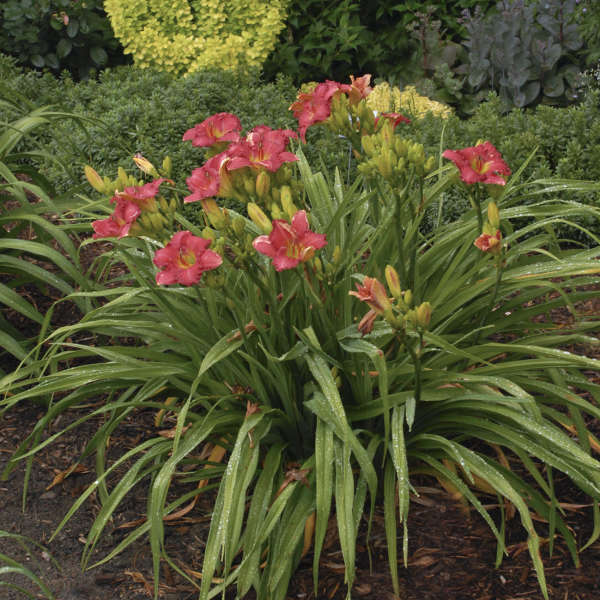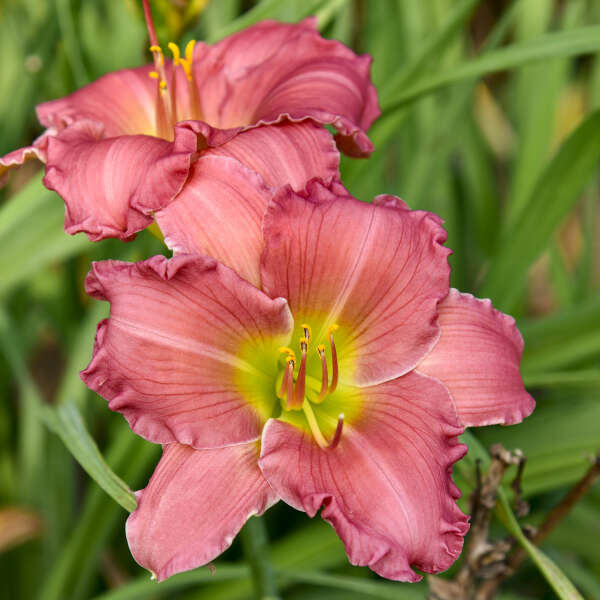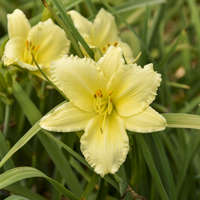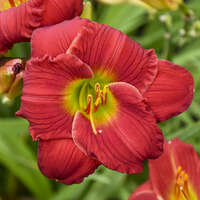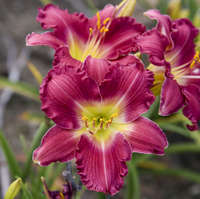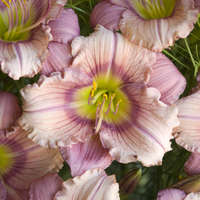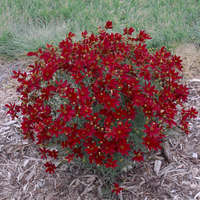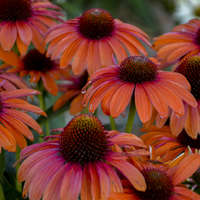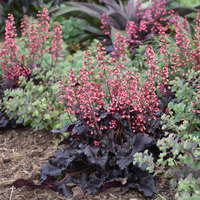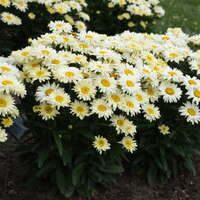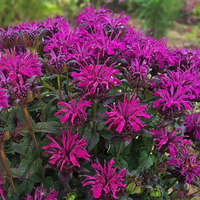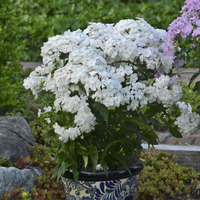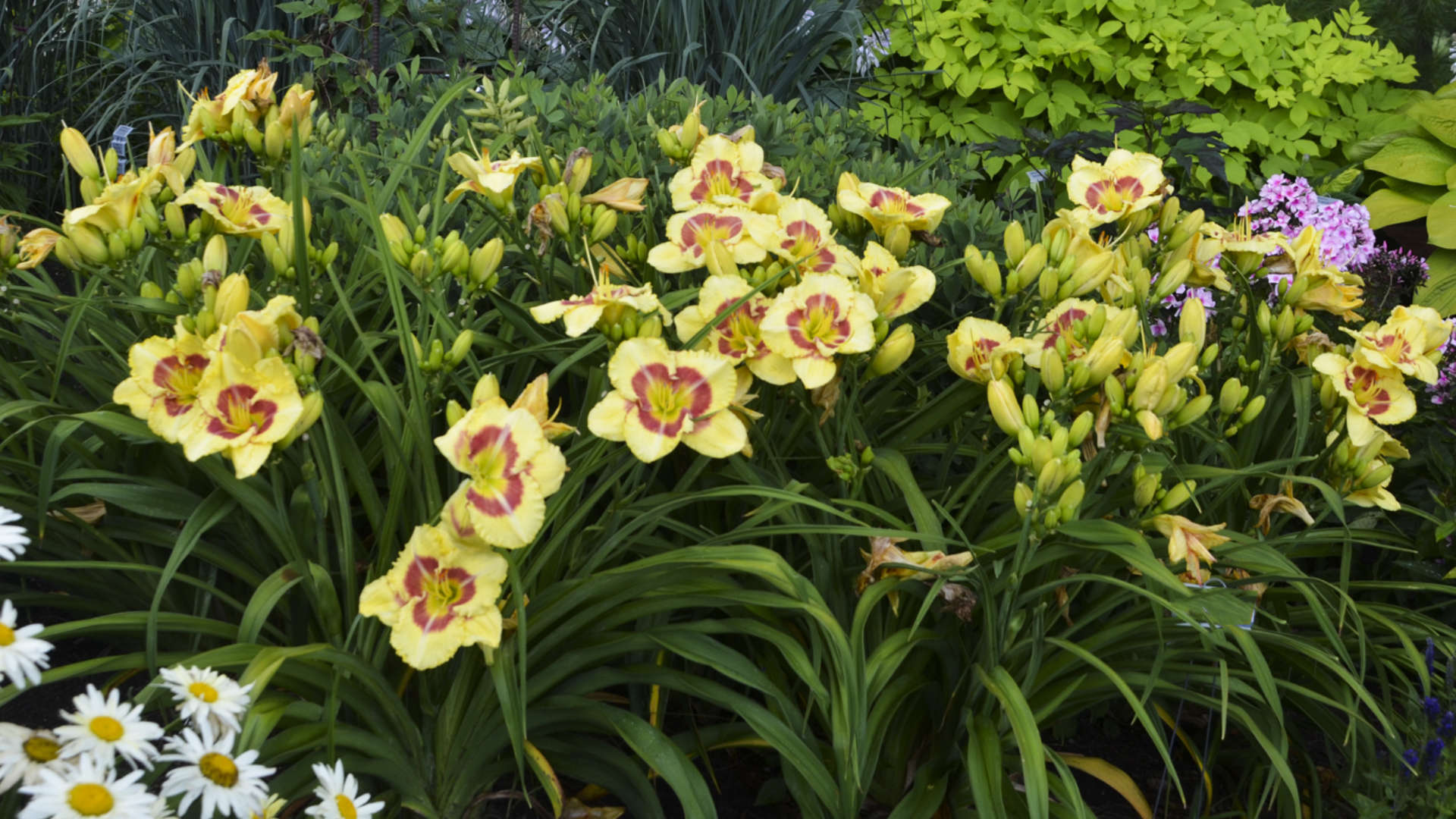Hemerocallis 'Passionate Returns' PP20002
HAPPY EVER APPSTER™ Daylilies
Common Name: Daylily
(AKA ‘Dynamite Returns’) From renowned daylily breeder Darrel Apps comes what he considers his best overall quality rebloomer to date. An everblooming daylily, ‘Passionate Returns’ blooms for about 3½ months beginning in mid-June in zone 7 or early July in zone 5. 4”, rosy red, ruffled flowers have perfect form. Flowers are held just at the top of the foliage, with multiple branched scapes and lots of buds to make it extremely floriferous in the landscape. Its short stature and continuous flower show makes this the perfect daylily for growing at the front of the border and in containers.
Daylilies can survive many harsh conditions that other plants cannot including: polluted city environments, slopes, poor and dry soils, near pavement that is salted in winter, and under Black Walnut trees (not affected by juglone).
Characteristics (Compared to Other Daylilies)
- Early Midseason Bloomer, blooming in early July.
- Rebloomer, producing a second set of flowers.
- Fragrant flowers.
- Semi-Evergreen foliage.
- Diploid with 22 chromosomes. Most plants are Diploids.
Grade #1 Bare Root |
Grade #2 Bare Root |
